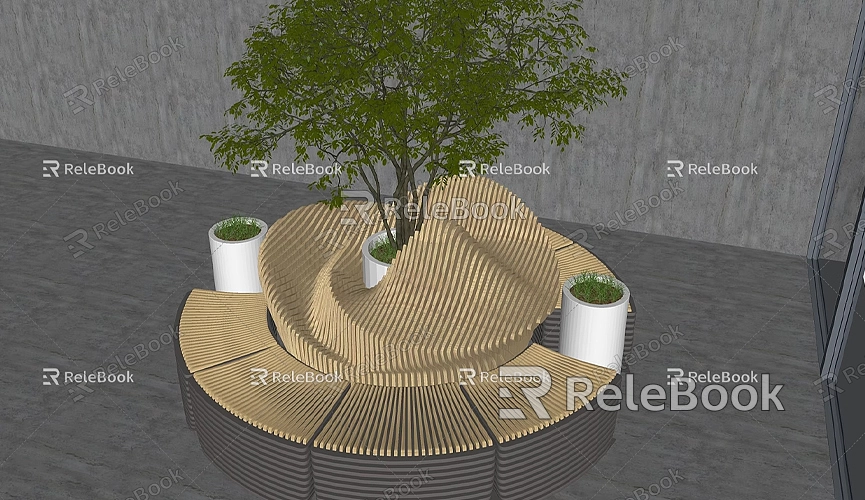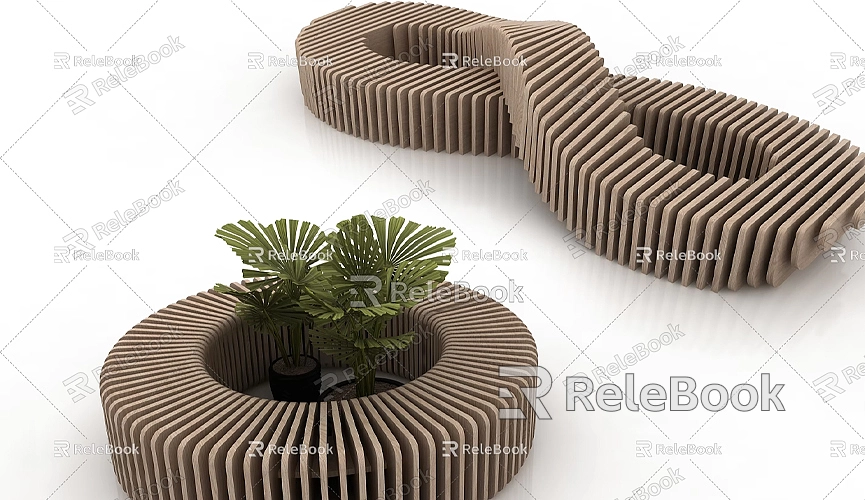How to Copy Components in SketchUp to Another Model
In SketchUp, components are an incredibly useful feature. They allow you to quickly create complex models and reuse the same elements across multiple projects, significantly boosting efficiency. Many users encounter the question: how do you copy a component from one project to another? This article will explain how to do this step-by-step and share some practical tips to help you work more efficiently in SketchUp.
Understanding Components in SketchUp
Before diving into how to copy components, let's clarify what a component is. Unlike regular objects, components in SketchUp are more flexible and reusable. For example, if you design a chair and define it as a component, you can easily copy that chair to different locations within the project. If you adjust the details of one instance, all other copies will update automatically. This not only saves time and effort but also ensures consistency throughout the model.

These characteristics make components easy to share and transfer across multiple projects. Therefore, learning how to copy components from one model to another can greatly enhance your workflow.
How to Copy Components to Another Model in SketchUp
There are a few basic steps and considerations for copying components in SketchUp. With these methods, you can easily transfer components from one project to another, whether for reusing existing design elements or merging multiple models.
Using the Copy and Paste Function
The simplest way to copy components between models is to use SketchUp's copy and paste function. This method is straightforward and suitable for quickly transferring a few components between two models.

1. Open the Source Model: Start by opening the model file that contains the component you want to copy.
2. Select the Component: Use the "Select Tool" (shortcut: Spacebar) to click on the component. If you need to select multiple components, hold down the Shift key to make multiple selections.
3. Copy the Component: Press "Ctrl + C" (on Mac, "Command + C") to copy the selected component to the clipboard.
4. Open the Target Model: Switch to the target model file, or create a new model.
5. Paste the Component: Press "Ctrl + V" (on Mac, "Command + V"), and the component will move with the mouse in the new model. Simply position it where you need and click to place it.
This copy-and-paste method works for most scenarios, especially when both model files are open at the same time, allowing you to quickly move elements. However, note that the component might paste in a different position, so you may need to manually adjust its placement.
Saving Components as Separate Files
Sometimes, you might want to save components for later use, so you can easily import them into other projects. This method allows you to save the component as an independent SketchUp file, making it easy to reuse across multiple projects.
1. Select the Component: In the source model, select the component you want to export.
2. Right-click and Choose "Save As": From the right-click menu, select "Save As." You will be prompted to choose a save location, where you can save the component as a standalone `.skp` file.
3. Import into the Target Model: When you need to use the component, simply go to the "File" menu in the target model, select "Import," and find the previously saved component file to bring it into your model.
This method ensures the component remains intact and makes it easy to reuse in future projects. If you frequently use the same components, this can be an effective way to streamline your workflow.
Managing Components with the "Component Library"
SketchUp also has a very handy feature called the "Component Library." You can store frequently used components in a centralized location for easy access.
1. Add Components to the Library: After selecting a component, right-click and choose "Add to Component Library." You can create your own categories to save commonly used components in one place.
2. Use the Component Library in Other Models: When you open another model, simply go to the "Window" menu and open "Components," then select the previously saved components from the library to insert them.
This method is especially useful for designers who need to manage and reuse a large number of components, allowing you to organize and categorize elements efficiently and improve overall productivity.
Considerations for Copying Components Across Models
Even though copying components in SketchUp is straightforward, there are some details to pay attention to, ensuring the components work correctly in the target model.
Ensure Consistent Units Between Models
If the unit settings differ between the source and target models, the copied components might change size. Therefore, it's best to check and match the unit settings of both models beforehand to ensure they use the same unit type, whether it’s millimeters, centimeters, or meters.
Materials and Textures in Components
If your component includes materials and textures, these will usually be copied along with the component. However, if the target model does not have the same materials, you might encounter missing textures. To avoid this, it's recommended to check the material library before copying or manually import the material files. This ensures the component's appearance matches the original when it’s pasted into the target model.
Avoid Duplicate Component Names
When importing components, if the target model already contains a component with the same name, SketchUp may automatically overwrite it or create a new copy, which can lead to management confusion. Therefore, it's a good idea to rename the exported components to avoid conflicts with existing ones.
Tips to Improve Efficiency
Mastering a few tips can make the process of copying and pasting components in SketchUp smoother:
Using Keyboard Shortcuts for Faster Operations
Familiarity with keyboard shortcuts can greatly speed up your work. For example, use "Ctrl + C" and "Ctrl + V" for copy and paste, "M" for move, and hold down "Ctrl" while moving to create copies. Once you master these shortcuts, your workflow will become much smoother.
Keep Files Updated with External Links
If you frequently need to update the same component across multiple projects, consider using external links. Insert a component that links to an external file so that when you update the component file, all models using that component will automatically update. This is very helpful for maintaining design consistency across projects.
Through this guide, you should now be equipped with the knowledge to copy components from one model to another in SketchUp. This skill is very useful for everyday project work, whether you're quickly copying elements or sharing components across multiple projects, and it can significantly enhance your efficiency. Additionally, effectively using the component library and managing external files can help maintain consistency and organization in complex projects.
If you need high-quality 3D textures and HDRIs when creating models and virtual scenes, you can download them for free from [Relebook](https://textures.relebook.com). If you're looking for beautiful 3D models, you can find them on [Relebook](https://3dmodels.relebook.com), where Relebook provides a wide range of premium 3D resources. Hopefully, these tips will help you navigate SketchUp more smoothly and effortlessly handle various modeling tasks.

